Schwartzkopff, Günter born on 05-08-1898 in Forbach (now Polska Wieś) 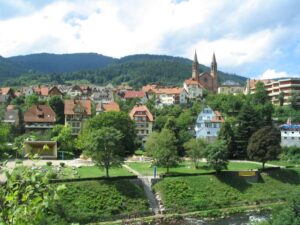 in the German Empire. In October 1914, Günther joined the military service in the Heer/Army as a Fahnenjunker (officer cadet), serving with Infanterie-Regiment Nr. 41, an infantry regiment of the 1st Division. under command of General of the Artillery Hermann Christlieb Matthäus Stein,
in the German Empire. In October 1914, Günther joined the military service in the Heer/Army as a Fahnenjunker (officer cadet), serving with Infanterie-Regiment Nr. 41, an infantry regiment of the 1st Division. under command of General of the Artillery Hermann Christlieb Matthäus Stein,  Schwartzkopff joined the Fliegertruppe in 1916 after being badly wounded
Schwartzkopff joined the Fliegertruppe in 1916 after being badly wounded 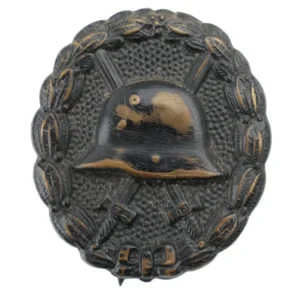 in the Battle of Verdun in World War I. Due to and during his service in World War I, Schwartzkopff received the Royal Prussian Pilot’s Badge,
in the Battle of Verdun in World War I. Due to and during his service in World War I, Schwartzkopff received the Royal Prussian Pilot’s Badge,  the Iron Cross 2nd Class
the Iron Cross 2nd Class  and 1st Class,
and 1st Class, 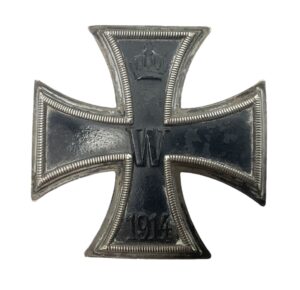 the Wound Badge in Black and in Silver, and the Knight’s Cross of the Royal House Order of Hohenzollern.
the Wound Badge in Black and in Silver, and the Knight’s Cross of the Royal House Order of Hohenzollern. ![]() On 14-05-1926, Günter Schwartzkopff married Liselotte Harmel.
On 14-05-1926, Günter Schwartzkopff married Liselotte Harmel.
In WW2 Schwartzkopf was an important figure in the development of the dive-bomber arm in the pre-war Luftwaffe. He is credited with the title “Father of the Stuka. 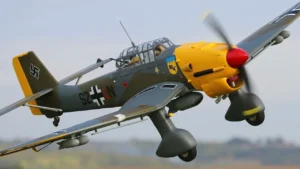 Schartzkopff was awarded the Knight’s Cross of the Iron Cross on 24-11-1939 and posthumously promoted to Generalmajor.
Schartzkopff was awarded the Knight’s Cross of the Iron Cross on 24-11-1939 and posthumously promoted to Generalmajor.
Death and burial ground of Schwartzkopff, Günter.

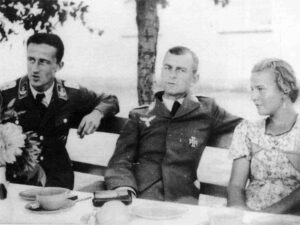 Aircrew-Luftwaffe-Stuka-pilot-Walter Rudolf Enneccerus
Aircrew-Luftwaffe-Stuka-pilot-Walter Rudolf Enneccerus

 Gunter-Schwartzkopff and Frau-Enneccerus-Neudorf-1939. Enneccerus survived the war and died 03-08-1971 (aged 59).
Gunter-Schwartzkopff and Frau-Enneccerus-Neudorf-1939. Enneccerus survived the war and died 03-08-1971 (aged 59).
On 14-05-1940, Schwartzkoff age 41, and his radio operator Feldwebel Heinz Follmer were killed in action in their Junkers Ju 87 B-2  while flying a ground attack mission south-west of Le Chesne. They were either shot down by anti-aircraft artillery, or by Hawker Hurricane fighters
while flying a ground attack mission south-west of Le Chesne. They were either shot down by anti-aircraft artillery, or by Hawker Hurricane fighters 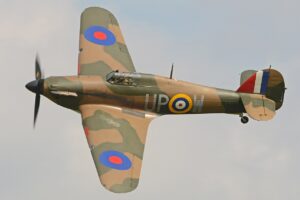 from No. 1 or No. 73 Squadron,
from No. 1 or No. 73 Squadron,  under command of Squadron Leader J. W. “Hank” More, near Châtillon-sur-Bar.
under command of Squadron Leader J. W. “Hank” More, near Châtillon-sur-Bar. 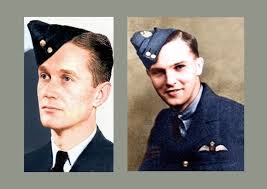
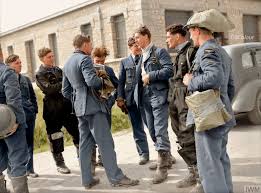 The Commanding Officer of No. 73 Squadron RAF, Squadron Leader J W C “Hank” More (back to camera) having just landed, confers with his pilots outside the Squadron’s Operations Building at Reims-Champagne after a series of dogfights with German aircraft. Facing More, in the white roll neck jumper, is Flying Officer Edgar James “Cobber” Kain. DFC
The Commanding Officer of No. 73 Squadron RAF, Squadron Leader J W C “Hank” More (back to camera) having just landed, confers with his pilots outside the Squadron’s Operations Building at Reims-Champagne after a series of dogfights with German aircraft. Facing More, in the white roll neck jumper, is Flying Officer Edgar James “Cobber” Kain. DFC 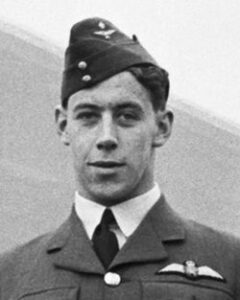
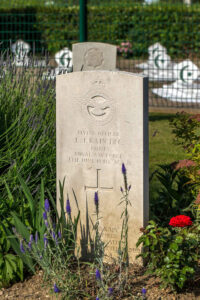
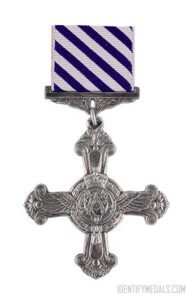 To Kain’s right, and slightly behind him, stands Flying Officer Newell “Fanny” Orton
To Kain’s right, and slightly behind him, stands Flying Officer Newell “Fanny” Orton 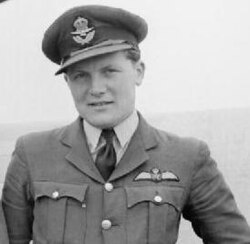 . To Orton’s right and slightly obscured by More, is Flying Officer Harold George “Ginger” Paul, and to More’s left is Sergeant T B G “Tich” Pyne. who was killed in action on 14-05-1940. Also killed on 14 May was Pilot Officer V D M Roe, standing on Kain’s left.
. To Orton’s right and slightly obscured by More, is Flying Officer Harold George “Ginger” Paul, and to More’s left is Sergeant T B G “Tich” Pyne. who was killed in action on 14-05-1940. Also killed on 14 May was Pilot Officer V D M Roe, standing on Kain’s left.
Schwartzkopff was buried at the German war cemetery at Noyers-Pont-Maugis. Posthumously, he was awarded the Knight’s Cross of the Iron Cross (Ritterkreuz des Eisernen Kreuzes) on 24-11-1940, and promoted to Generalmajor in June 1944, the promotion backdated to 01-05-1940.
The Air Force School of the Bundeswehr (Federal Armed Forces) in Hamburg was named General Schwartzkopff barracks in April 1965. The school was renamed in June 1994 to Lieutenant General Wolf Graf von Baudissin
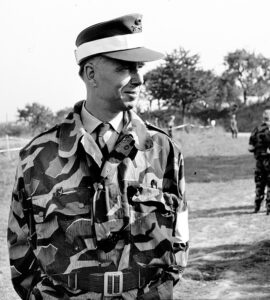
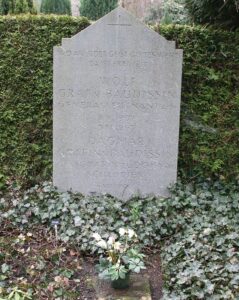 barracks. A lecture hall was named after him instead. Baudissin was a German General, military planner and peace researcher. He was one of the developers of the concepts of Innere Führung (officially translated as “leadership development and civic education”) and Staatsbürger in Uniform (“citizens in uniform”), the two lead concepts of the modern German Bundeswehr.
barracks. A lecture hall was named after him instead. Baudissin was a German General, military planner and peace researcher. He was one of the developers of the concepts of Innere Führung (officially translated as “leadership development and civic education”) and Staatsbürger in Uniform (“citizens in uniform”), the two lead concepts of the modern German Bundeswehr.
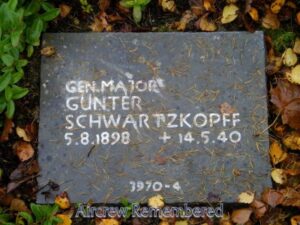






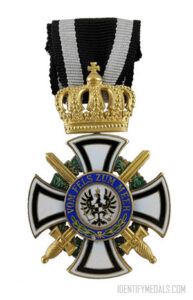
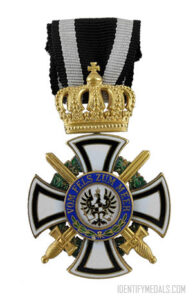








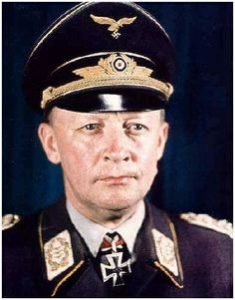


Leave a Reply